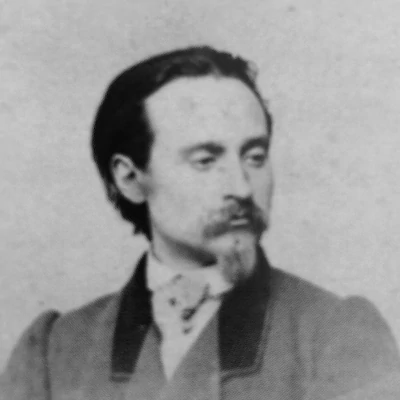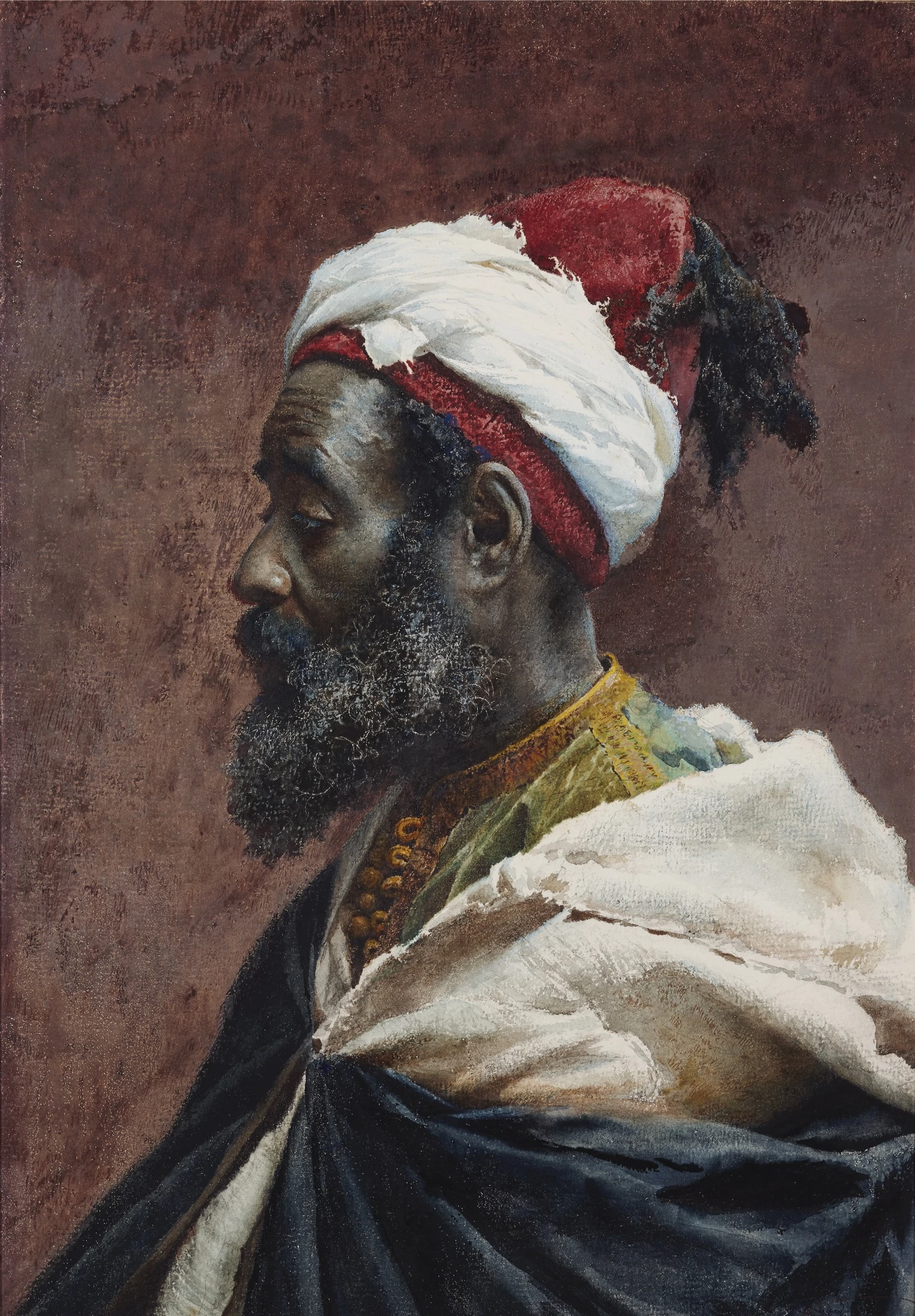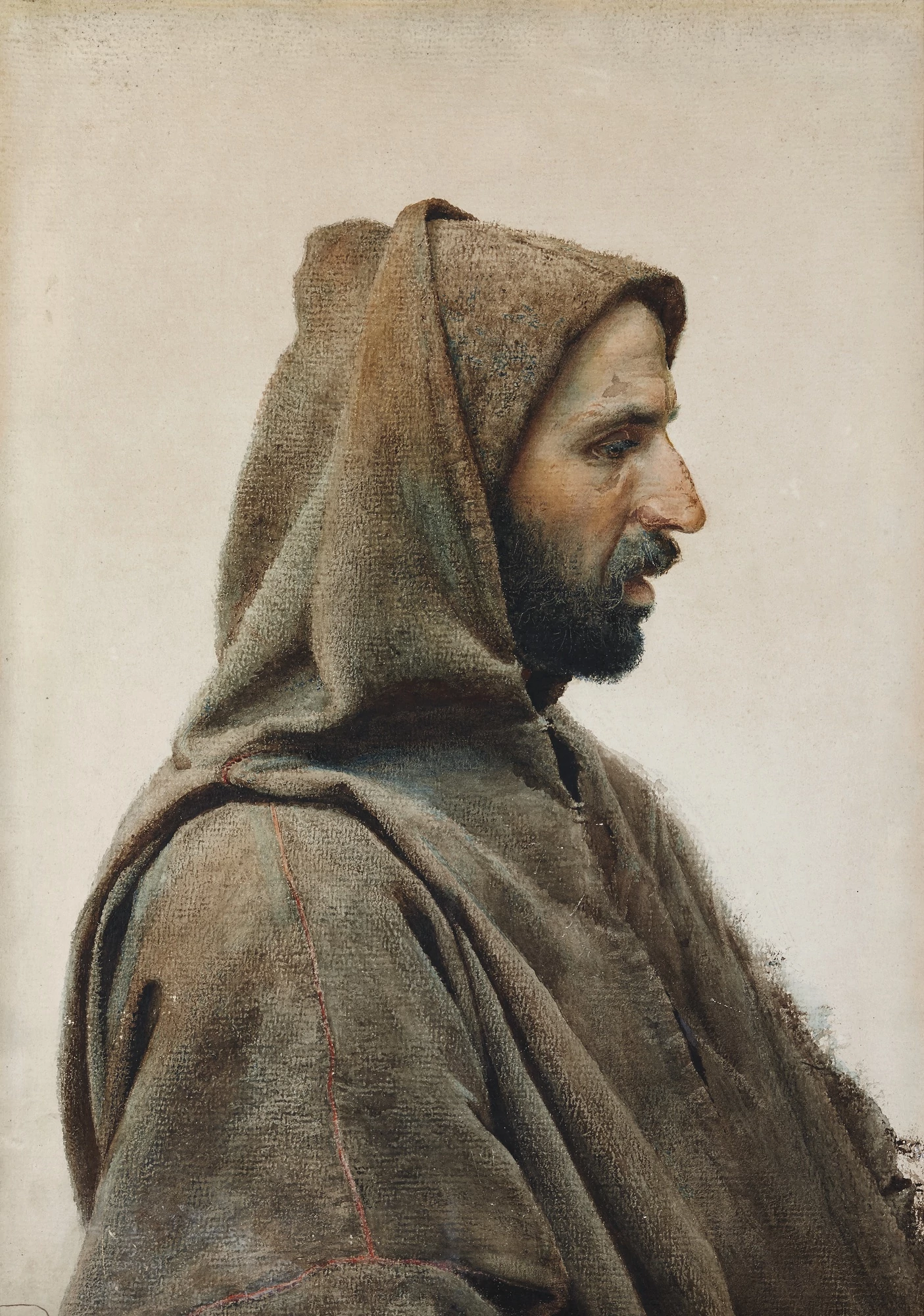José Tapiro y Baro
Painting in the shadow of a best friend




When José Tapiro was 13 years old he met Mariano Fortuny while studying painting in Reus. Both exceptionally talented young painters, José Tapiro and Mariano grew a friendship that lasted their whole lives. Eight years later Jose Tapiro had completed his training in Barcelona, and applied for an exclusive scholarship to study in Rome at the Academy of Fine Arts. The test was to paint Ramon Berenguer III, a heroic figure from Barcelona’s history, hoisting a flag from a castle tower. Jose didn't win the scholarship—his friend Mariano’s painting was unanimously chosen as the best submission.
Mariano moved to Rome, and when Jose joined him 5 years later, he joined Mariano’s circle of friends and the reunited pair painted the street scenes of Rome. Mariano wielded a bold brush, developing a lively, loose technique, and Jose following with a more subdued style and a careful eye for detail.
Through much of the 1800s, the artistic minds of Italy and France were consumed with all things ‘oriental,’ the seemingly exotic cultures of the Ottoman empire, and the Sultans of Morocco, brought to life in the dramatic and often erotic paintings of Eugène Delacroix and Jean Auguste Dominique Ingres. Swept up into the oriental obsession, in 1871 Jose and Mariano traveled to Tangier in Morocco, where they spent most of a year. Tangier was a true melting pot, where Muslims, Jews, and Europeans, impoverished, and mighty all pushed their way through bustling markets under the unrelenting sun.
While much of the Orientalist art popular in Europe was florid, sensationalized escapist fantasy, life in Tangier itself had a sobering effect on Jose. While Mariano painted scenes of grand courtyards and Moroccan landscapes, Jose began painting detailed watercolors of beggars, and common folk. Their trip to Morocco ended in 1872, Jose returned to Rome, and Mariano to his wife and son in Granada.
Two years laters, Jose learned his friend Mariano had died, suddenly, from Malaria he'd contracted in Naples. It was a shock that shook Jose loose from Rome, the city of his success. In 1864 he joined a diplomatic mission to Tangier, where he purchased a house and set up a studio. From his perch in this war-torn melting pot city, for the first time, Jose painted without the influence of his friend Mariano. Returning to watercolor, Jose painted a series of detailed, brooding portraits that eschewed the drama of orientalism, instead documenting the humanity of the Moroccan people.
...
Got questions, comments or corrections about José Tapiro y Baro? Join the conversation in our Discord, and if you enjoy content like this, consider becoming a member for exclusive essays, downloadables, and discounts in the Obelisk Store.







